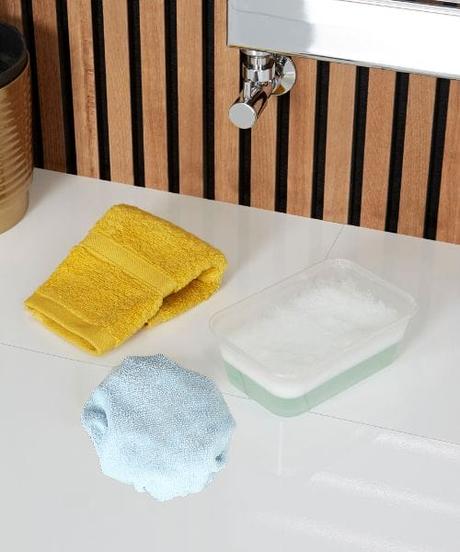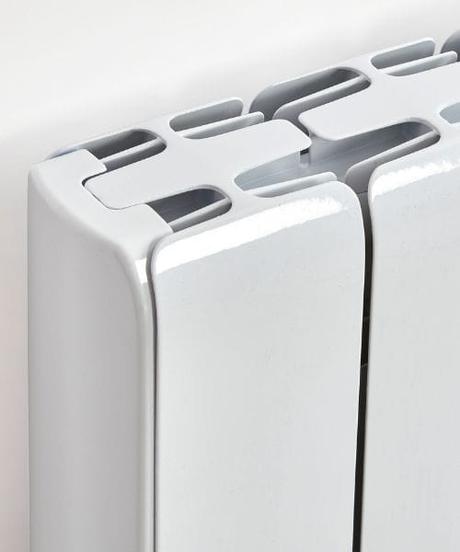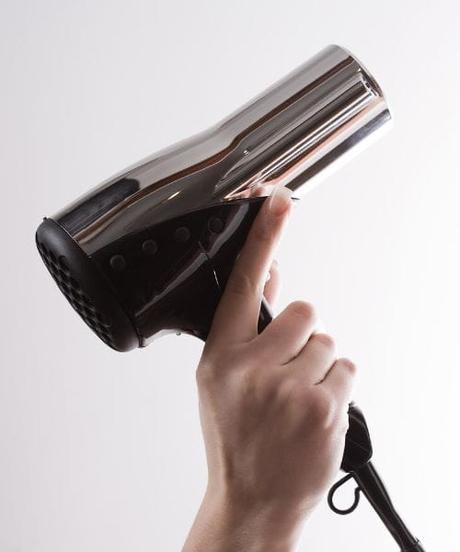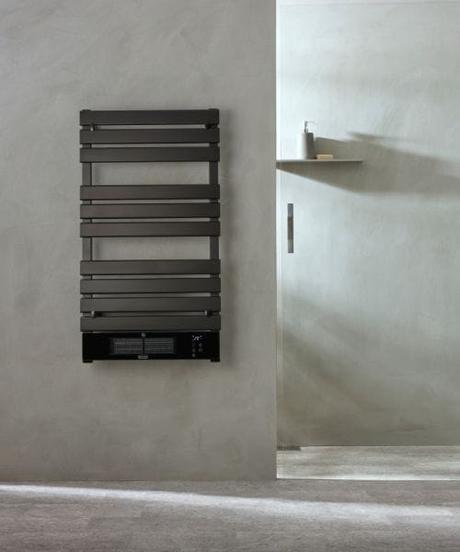What we’ll cover…
- Why it is important to clean electric radiators
- Tools you will need to clean an electric radiator
- Step by step for how to clean electric radiators safely
- Helpful electric radiator maintenance tips
- A reminder of the safety advice for cleaning electric radiators
How to clean electric wall heaters
It’s understandable to have some reservations about cleaning electrical radiators. We don’t need to tell you electricity can be dangerous if handled improperly. Especially around any liquids!
However, with a few safety precautions, cleaning your electric radiator can be a straightforward task. In this guide, we’ll walk you through a simple, step-by-step process of the best way to clean electric radiators, ensuring it runs efficiently and heats your home effectively.
Whether you have a cosy column electric radiator, modern designer electric radiator, or new ceramic core or dry heat electric radiator, this guide has you covered. Let’s get started!
Here's why it's important to clean your electric radiator correctly
Energy efficiency: Dust and grime can hinder the radiator’s ability to distribute heat, leading to higher energy consumption and cost. A clean radiator functions as intended!
Longevity: Regular cleaning helps maintain the radiator’s lifespan and prevents premature wear and tear.
Aesthetics: Electric radiators are designed to be home decor now, not just heaters. Cleaning helps them look their best!


What do you need to clean your electric radiator?
You don’t need a special toolkit to tackle your electric radiator. In fact, you probably have everything you need right at home for your regular cleaning routine! Here’s what you’ll need to conquer the dust and grime:
- Hoover or duster: Your trusty sidekick for sucking up dirt and dust.
- Microfibre cloths: A gentle but effective warrior against smudges and marks.
- Mild detergent: A cleaning potion that’s kind to your radiator but tough on dirt. Just make sure it’s free from solvents and abrasive agents, so you don’t accidentally ruin your rads good looks!
How to clean electric radiators
Follow these steps to clean your electric radiator safely:
Step 1: Turn off the electric radiator
First things first, turn off the power! Unplug the electric radiator to disconnect the device from electricity before you start cleaning the radiator or heating element.
Or, if your electric heater is hardwired into the mains and doesn’t have a plug, turn it off at the thermostat and mains switch.
Allow the radiator to cool down completely before you start cleaning. No accidental burns please!

Step 2: Blast away the dust
Remove any dust with the hoover. We would advise using the brush attachment to remove the dust to avoid scratching the surface of the radiator.
No hoover brush? No problem. Use a duster, dry microfibre cloth or even a hairdryer to blow away as much dust and dirt as you can.
It is a good idea to remove dust from your appliance regularly to keep it running efficiently and looking sparkling!

Step 3: Get your cloth ready
Grab a soft dry or damp microfibre cloth. If you are using a damp cloth make sure to squeeze all of the water out so no drips cause damage to the electrical components!

Step 4: Wipe the surface clean
Take your cleaning products. Apply only a small amount of non abrasive pH-neutral detergents to your cloth. Check the ingredients on the bottle if you are unsure!
Clean the outer surface gently by wiping over the entire radiator body. For stubborn stains please clean with mild soapy water and buff out with a soft microfibre cloth. This will ensure you don’t damage the radiator’s surface!
Don’t let any water drip onto the electrical components such as the plug or the mains connection. Also make sure that no water gets inside the radiator vents along the top if your model has any. This could cause permanent wear or damage to your radiator!

Step 5: Dry thoroughly
Dry the radiator well with a dry microfibre cloth. Pay particular attention to the electrical components to make sure they are completely dry. Plug your radiator back in if it has one and you’re good to go!

Electric radiator maintenance tips
Look but don’t touch: Your radiator's inner workings
If you’ve got a ceramic core or dry heat radiator, like an ECOSO Tuc or Milano Torr, you can easily see inside and see the fins working their magic. But don’t be tempted to open it up for a deep clean. Not only could you cause yourself and the radiator damage, you would also lose out on your warranty.
Summer: The secret season for radiator success
Summer’s warm weather means your heating system is probably off and the radiators feel cold. This makes it the perfect time to clean your electric radiators or carry out any heating related maintenance. You can safely inspect and clean them without worrying about burns. Summer is also the perfect time to spot any potential problems. If there are any leaks, noises, or other issues, you can address them before the cold weather arrives.


Dusting duty: A quick clean-up
Want to know how to clean inside an electric radiator? Instead of trying to open up the components, the best way to remove dust and debris is to grab your trusty vacuum cleaner, hairdryer, or soft brush duster and give it a gentle blast.
Don’t dunk your radiator!
Speaking of safety, let’s avoid a splash of disaster. Never, ever, ever, ever immerse your electric radiator in water or any other liquid to clean it. Don’t think about unplugging it and giving it a quick rinse even if it feels like a quick and easy option. You could be saying goodbye to your electric radiator for good!
A splash-proof pro: Choosing the right IP rating
If you’re thinking about adding an electric radiator or heated towel rail to your bathroom, make sure it’s at least IP64 rated. This means it’s protected against water splashes from all angles, so you don’t have to worry about accidental spills or splashes causing any trouble.
Hands off! When to call in the pros for repairs
Remember, if your electric radiator needs a repair, it’s best to call in the experts and contact a qualified electrician.

Electric radiator cleaning tips reminder:
Power down, chill out: Before you get scrubbing, make sure the radiator is unplugged unless it’s hardwired.
Damp, not drenched: A damp cloth is your best friend here, not a soaking wet one. Think of it like a gentle spa treatment for your radiator.
No harsh chemicals, please: Avoid those strong cleaning agents that might leave your radiator looking less than radiant after the cleaning process.
Let it dry, don’t rush: Give your radiator some time to air dry completely before you plug it back in. A little patience goes a long way!
Check your connections: Regularly inspect the cord and plug for any signs of wear and tear. If you spot anything suspicious, like frayed wires or loose connections, it’s time call in a pro. Your safety and peace of mind are worth it!
By following these simple electric radiator cleaning tips, you can safely and effectively clean your electric radiator step by step. This will ensure it operates efficiently, safely and looks stunning for years to come!
Want to delve into how to clean heated towel rails? Head over to our chrome towel rail cleaning guide!

